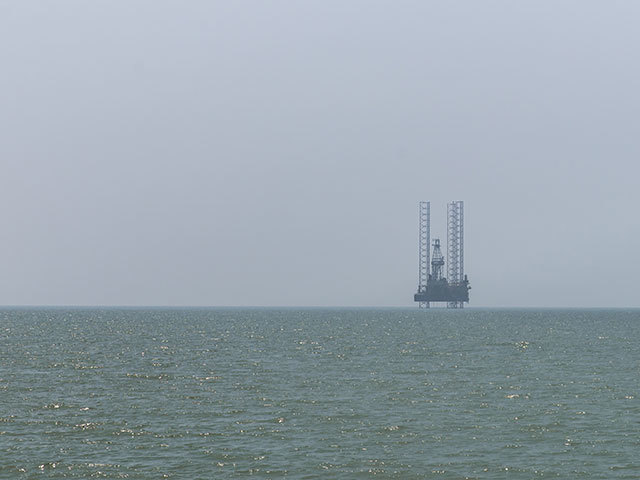
A Chinese oil company has completed drilling in disputed waters off the coast of Vietnam and moved a rig that sparked skirmishes between boats of the two countries and deadly anti-Chinese riots in Vietnam.
The HYSY 981 rig completed drilling off Zhongjian Island in the Xisha Islands, as the Paracel Islands are known in Chinese, on July 15, China Oilfield Services Ltd. said in a statement yesterday. Oil and gas resources were detected, China National Petroleum Corp., which managed the project, said in a statement.
The removal move comes one month ahead of the schedule announced by China Oilfield Services in late May. The rig will be deployed in the LingShui blocks near China’s Hainan Island, it said. Separately, China said yesterday it released 13 Vietnamese fishermen it detained for fishing in its waters.
The departure of the rig may not mend ties with Vietnam, which no longer views China as a friendly ideological partner and may seek alliances with countries such as the Philippines, Japan and even the US, said Le Hong Hiep, a lecturer at Vietnam National University in Ho Chi Minh City.
“All the top leaders of Vietnam have spoken out against China,” he said in a phone interview. “Vietnam will move to be more assertive to counter China’s aggressive actions in the South China Sea. Vietnam cannot go it alone against China.”
China Oilfield Services is owned by state-owned China National Offshore Oil Corp.
Vietnamese newspaper Tuoi Tre reported today that China had moved the rig 8 nautical miles and reduced the number of vessels to protect it to 70-75 from 108-112 on July 14. The paper cited Vietnam Coast Guard Commander Nguyen Quang Dam.
China towed the rig into the contested waters on May 2, prompting protests from Vietnam, which said it lay in its exclusive economic zone. The countries traded accusations that boats from the other had rammed their vessels hundreds of times.
China, which claims a large part of the South China Sea under a 1940s-era map, has stepped up its assertions to both the Paracel Islands and the more southerly Spratly Islands, where it is building artificial islands in areas claimed by the Philippines.
“The Xisha Islands are integral parts of China,” Chinese Foreign Ministry spokesman Hong Lei said in a statement on the ministry’s website. Hong confirmed the information provided by the oil companies.
Vietnam demands that China never return rigs to the waters or any area belonging to Vietnam, Le Hai Binh, Vietnam’s foreign ministry spokesman, said in an e-mailed statement.
“Vietnam expects to solve disputes, disagreements on the South China Sea through negotiations based on international laws,” Binh said.
A total of 93% of Vietnamese consider that China’s actions could lead to military conflict, according to a Pew Research Center survey released July 14.
The US Department of State said July 11 that China’s pattern of “provocative and unilateral behavior” raised serious concerns about its intentions and willingness to adhere to international law and standards.
Deputy Assistant Secretary for East Asian and Pacific Affairs Michael Fuchs said that claimant states should halt construction activity and freeze certain actions and activities that escalate the disputes.
“Alterations that fundamentally change the nature, size, or capabilities of the presence could fall under the ‘freeze,’ whereas routine maintenance operations would be permissible,” he said.
China responded that countries outside the region should remain “neutral,” and respect joint efforts by countries in the region for peace and stability, according to a statement yesterday by Hong from the foreign ministry.